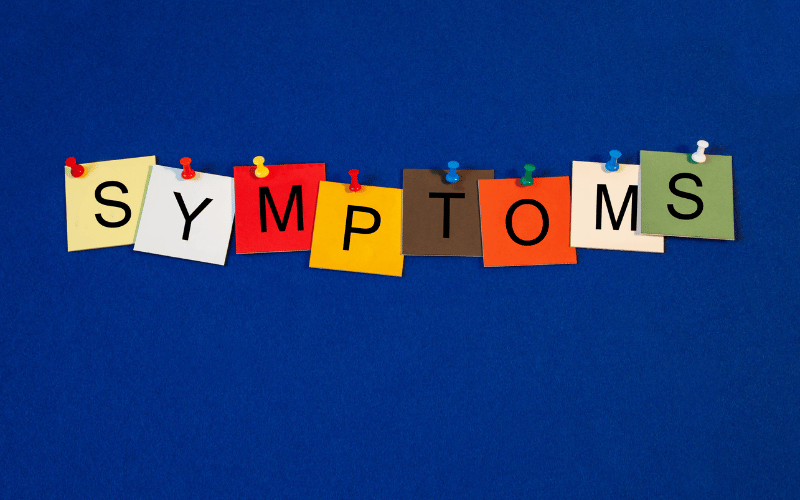3. Symptoms and Early Detection: Spotting the Subtle Signs

The symptoms of greenstick fractures can be subtle, making early detection a challenge yet a critical aspect of care. Unlike complete fractures, greenstick fractures may not immediately manifest with dramatic symptoms. This subtlety underscores the need for keen observation and awareness, particularly in children who may not always communicate their discomfort effectively.
The most common symptom is pain at the site of the injury, which may be mild and worsen with movement. However, this pain is often not as intense as that associated with a complete fracture, leading to delayed diagnoses in some cases. Additionally, swelling and tenderness in the affected area are common, but again, these symptoms might be less pronounced.
Bruising may also occur, providing a visible cue to the injury. In some cases, there might be a noticeable bend in the affected limb, especially if the fracture is near a joint. This bending is a telltale sign of a greenstick fracture and warrants immediate medical attention.
Early detection is crucial as it can significantly influence the treatment approach and recovery. Parents and caregivers must be vigilant about these signs, particularly following a fall or impact. Observing how a child moves, responds to touch, or complains of discomfort can provide vital clues.
In the realm of pediatric injuries, greenstick fractures stand out for their deceptive mildness. This fact emphasizes the importance of attentiveness and prompt action, ensuring that these fractures are treated appropriately and do not lead to long-term complications or discomfort for the child. (3)